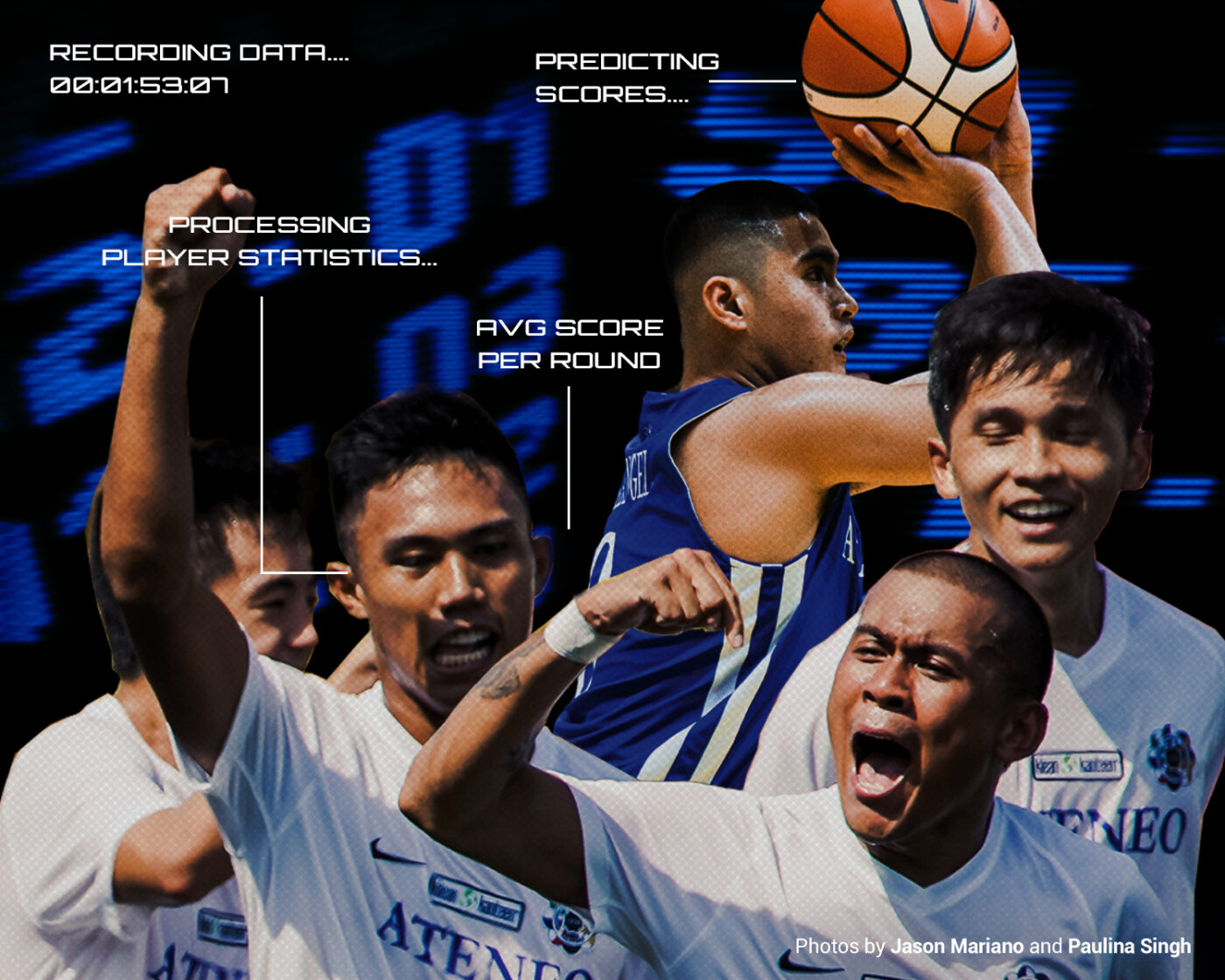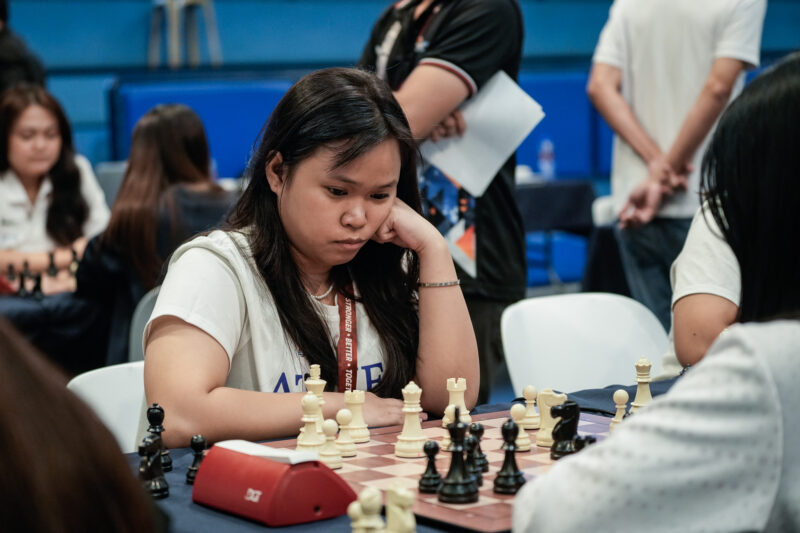IN TODAY’S digital age, numbers are your best friend—even in sports.
From the box scores of players to the projected win-loss percentage of teams, data analytics in sports has emerged as a key determinant for coaches, athletes, media, and fans.
Having data analytics in sports provides viewers with an in-depth look at how teams perform and how players can make an impact in a certain game. Moreso, numbers allow teams to make strategic decisions and elevate their performances in games—not just to improve but to win as well.
Numbers win games
It is undeniable that the world of sports now revolves around numbers. For instance, we look at the team’s collective points, assists, and rebounds in basketball; goals and tackles in football; and the digs, kills, and blocks in volleyball. The statistics also determine the recipients of individual accolades like the Mythical Five and the Most Valuable Player, signifying the top-performing athletes for a given game or season.When donned by a superstar, these stats are impressive—but scores and basic data points are just the tip of the iceberg.
We have witnessed the jaw-dropping hat tricks of Pelé in the FIFA World Cup and the unbelievable triple-doubles of Russell Westbrook in the National Basketball Association (NBA). However, more advanced statistics like true shooting percentage, offensive and defensive rating, and assist-to-turnover ratio are further examples of the data points that analysts look for to accurately assess the performance of a player or a team.
Ultimately, sports analytics is used for teams to secure an edge and gain a competitive advantage over their opponents. It has been used to look at the internal production of a sporting organization, helping the people in charge to arrange in-game plays that maximize their strengths.
Given all the possibilities data presents, the sky is the limit in sports analytics—giving teams the liberty to be as creative as they want in order to amplify the power of numbers. Endless strategies can be formed using this tool, and the technological advancements that continue to surface make it easier to innovate statistical tools, paving the way for even more comprehensive analyses.
Sign of the times
While these statistical tools are available, the Philippines still lacks an awareness of the benefits that data analytics in sports can bring in both the professional and collegiate scenes.
For instance, the country’s premier professional basketball league, the Philippine Basketball Association, has a website dedicated to player and team statistics. However, it only shows the basic statistics and information that are common in basketball, such as points-per-game and field-goal percentage.
Collegiate leagues like the University Athletic Association of the Philippines (UAAP) also only provide basic statistics. Admittedly, there is no medium to track the numbers in real time since these are only released after every round of the preliminaries and after the tournament itself.
Regardless, recent years have recorded notable changes when it comes to the awareness of how sports analytics can be beneficial. In UAAP broadcasts, for example, analysts utilize statistics in their pre-game analysis to show how a team or a player is performing or has performed in the last game or season. This way, they excitingly engage with the audience by giving them more in-depth and informed analysis of the game at hand, while not overwhelming them with complex information.
Aside from its usage in broadcasts, data in sports also helps teams scout their opponents well. The Ateneo Men’s Basketball Team (AMBT) has particularly utilized this strategy all too well in the recent UAAP Season 85. AMBT Team Manager Miguel Asis explains, “We evaluate the shooting percentages of our players so that we are able to fix their shooting mechanics and routines before games, which are more crucial.”
Asis also shares that the AMBT follows statistical systems that determine the opponent’s strengths and weaknesses, and identify the best lineups that can be used for the different matchups. With the AMBT’s recent triumph in UAAP Season 85, Asis continues to stress how remarkably sports analytics contributed to their success on the hardwood.
“Information like this was pivotal in how we prepared and approached each opponent because each of them had varying styles that needed to be accounted for,” he emphasizes.
Moreover, fellow AMBT Team Manager Zachary Cui also believes how critical stats were in forming in-game strategies, adding that sports analytics helped the team identify what areas of play need improvement.
“Based on the information we get from sports analysis, the players can improve [and] the coaches can make better and more well-informed decisions,” Cui states.
Rising need
As the local collegiate scene beefs up its level of play, teams should capitalize on the benefits of sports analytics to ramp up their game. Teams like the AMBT have become living proof of a successful data-driven squad given their accomplishments both locally and internationally. Clearly, their championship in UAAP Season 85 and the World University Basketball Series (WUBS) last 2022 in Japan are testament to this rising need.
“Coach Tab [Baldwin,] being a basketball savant—he is a firm believer in data, given how it has transformed the game today and how the best international teams utilize analytics,” Asis says.
Now, it’s high time for the country to fully embrace sports analytics. If we look at the United States’ National Collegiate Athletic Association, we see one example of a collegiate league that fully embraces the importance of data in sports. Similar to the NBA, they keep track of various traditional, advanced, and other categories of statistics, which allow teams and fans alike to stay informed and elevate their own insights.
In this era characterized by a bevy of young talents throughout the country, sports analytics could be a useful tool to track players’ performance during games and practice sessions. Coaching staffs can also fine-tune their tactics, having sports analytics as their foundation underneath it all. With these applications, the collegiate scene would heighten their competitiveness and push all the universities involved to strive for greatness—refining the competitive landscape of collegiate sports in the Philippines.
“In the long run, if we indeed trust in the numbers, our collegiate leagues will become more competitive and in doing so, it will make our national teams more competitive as well, which is all we could ever ask for,” Asis emphasized.
For Cui, sports analytics also allows the Philippines to adapt to the ever-changing world of sports, from the collegiate ranks to the professional leagues. He concludes, “Every season, there is a different way we need to go and a different way we need to win. It can definitely help us get a better understanding of what we need to do to win.”







